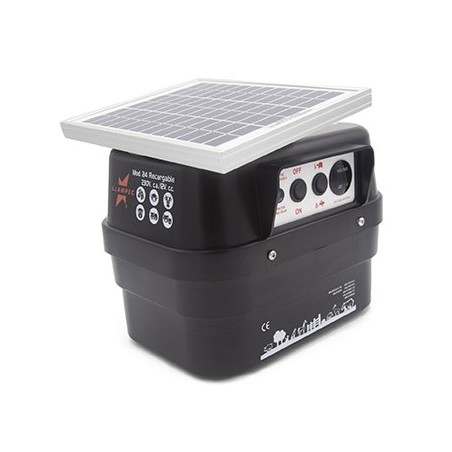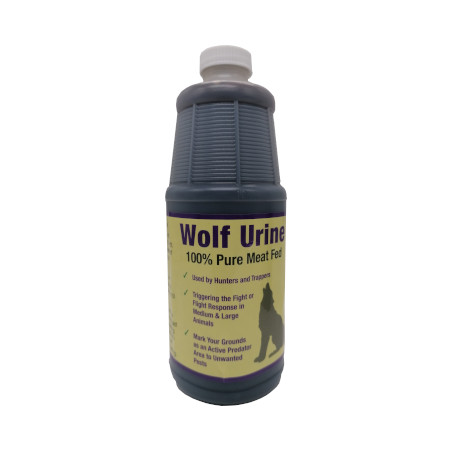The European Commission requested EFSA to assess the recent outbreak in Eastern Europe of African swine fever and to provide scientific advice on its spread and on its containment. The disease has entered into Estonia, Latvia, Lithuania and Poland, affecting wild boar populations since 2014. The disease was also found among domestic pigs in Latvia, Lithuania and Poland.
Most outbreaks in domestic pig farms occurred in backyard farms and were contained relatively quickly. The disease is still spreading locally among wild boar populations where containment is more difficult.

It appears that various individual measures applied in isolation take hold only after several years. EFSA therefore advises the use of several measures including targeted hunting, removal of carcasses in the wild and a strict feeding ban which – combined – would result in a reduced reproduction of wild boar and lead to a containment of the disease.
Since entering the eastern EU at the start of 2014, African swine fever (ASF) has spread locally in the wild boar population, independently of outbreaks in domestic pigs. No correlation between the density of the wild boar population and the case notification in an area has been observed. The source of virus introduction appeared to be the low biosecurity level in backyard farms; yet, direct contact between pigs and wild boar has not been reported. Potential wild boar management strategies aimed at controlling ASF were evaluated. First, the published literature was searched for evidence of changes in wild boar demography after implementing different management strategies. A reduction in a wild boar population of more than 60 % as a result of conventional hunting has not been documented in Europe. Secondly, during a consultation meeting, 30 experts identified different wild boar management tools to indirectly combat ASF spread. In the third step, an epidemiological simulation model was developed, to compare the effects of implementing individual or combinations of management tools to control ASF. The model demonstrated that measures such as attempts to reduce the wild boar populations more than 70 % would, in theory, be effective in controlling ASF, but in practice would impossible to be achieved in one hunting season. On the other hand, conventional management strategies, such as implementing a feeding ban or targeted hunting of females, can effectively prevent the spread of ASF in the control area only after multiple years of application. The model predicted that a combination of different tools, such as the exclusion of contact to carcasses and the intensification of conventional hunting, reducing reproduction in the following year by 30-40%, would be effective to stop the spread of ASF in wild boar.
Tuesday July 14, 2015/ EFSA/ European Union.
http://www.efsa.europa.eu








